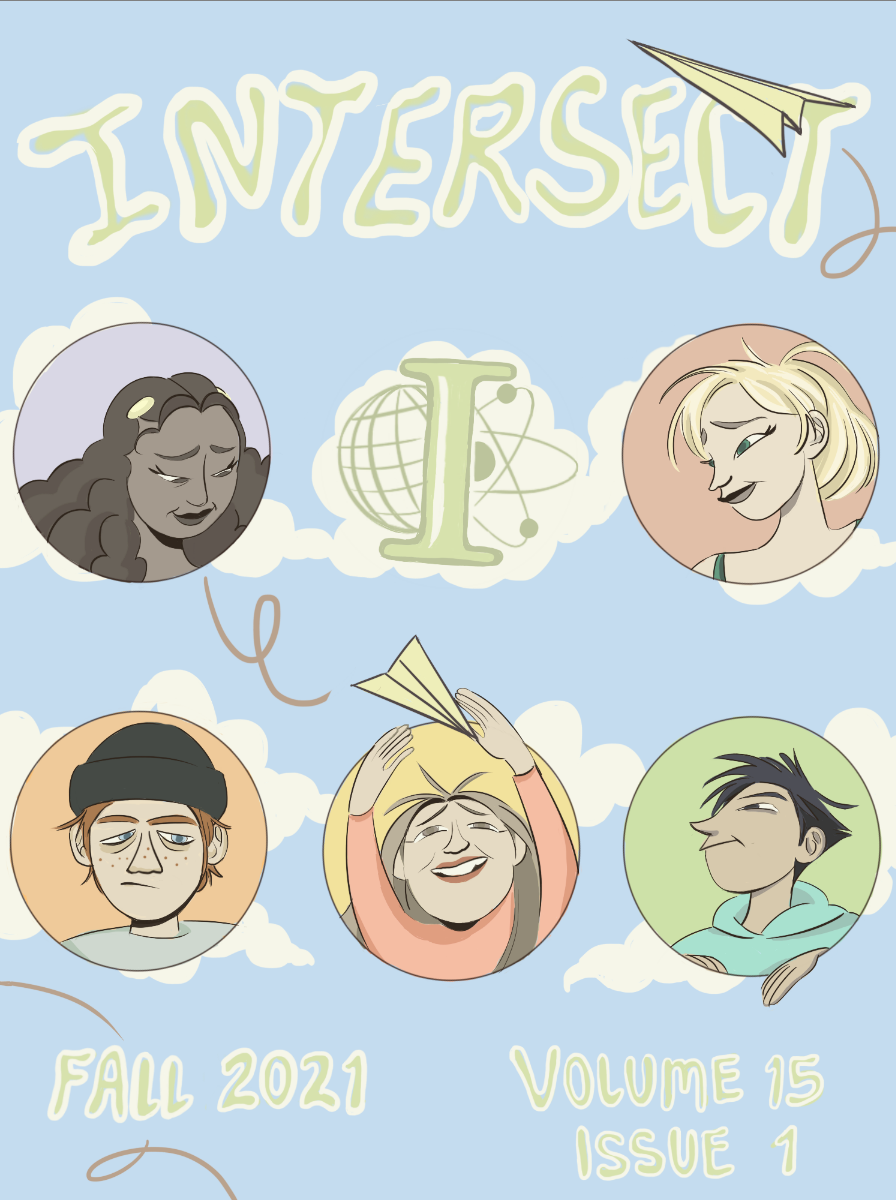Using Convolutional Neural Networks To Compare Paintings By Style
Abstract
One of the main challenges in the field of Computer Vision and Art History is the extraction of a numerical representation of an artwork’s style. Calculating such representation allows art historians to automatically analyze large digital collections of art. In this study we aim to transfer an approach of numerical style extraction originally developed for artistic style transfer to the task of comparing paintings by style. The approach uses a Convolutional Neural Network (CNN) trained on object detection to derive an image’s style representation in the form of Gram matrices. We use it to compare paintings either by clustering a set of paintings or retrieving a paintings’ most similar paintings from the set of paintings. We hypothesize that using a different CNN architecture trained on artistic style (instead of object) detection would lead to a significant increase in comparison quality. Using an object detection network we achieve a clustering accuracy of 22%. Using a network specifically trained on artistic style detection increases the clustering accuracy by 44%. Directly using the art detection networks output instead of Gram matrices yields an accuracy of 42%. Overall, we conclude that the approach is suitable to compare paintings by style. We significantly improved the approach's accuracy by changing the network architecture and training and show that for the improved network, Gram matrices provide little benefit.Downloads
Published
2021-12-21 — Updated on 2022-01-02
Issue
Section
Research Articles
License
Copyright (c) 2021 Intersect: The Stanford Journal of Science, Technology, and Society

This work is licensed under a Creative Commons Attribution-NonCommercial-NoDerivatives 4.0 International License.
Authors who publish with this journal agree to the following terms:- Authors retain copyright and grant the journal right of first publication with the work simultaneously licensed under a Creative Commons Attribution License that allows others to share the work with an acknowledgement of the work's authorship and initial publication in this journal.
- Authors are able to enter into separate, additional contractual arrangements for the non-exclusive distribution of the journal's published version of the work (e.g., post it to an institutional repository or publish it in a book), with an acknowledgement of its initial publication in this journal.
- Authors are permitted and encouraged to post their work online (e.g., in institutional repositories or on their website) prior to and during the submission process, as it can lead to productive exchanges, as well as earlier and greater citation of published work (See The Effect of Open Access).

